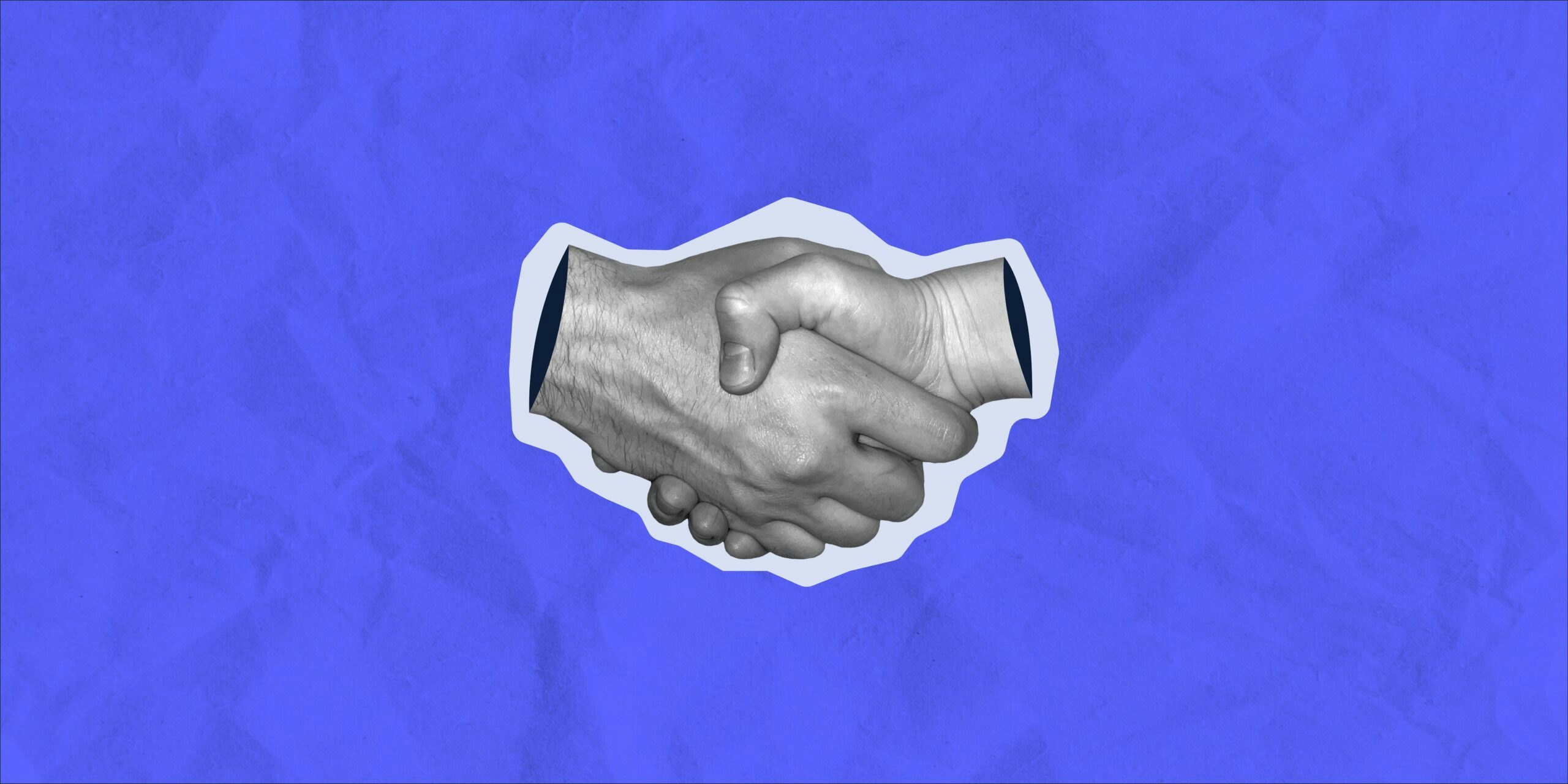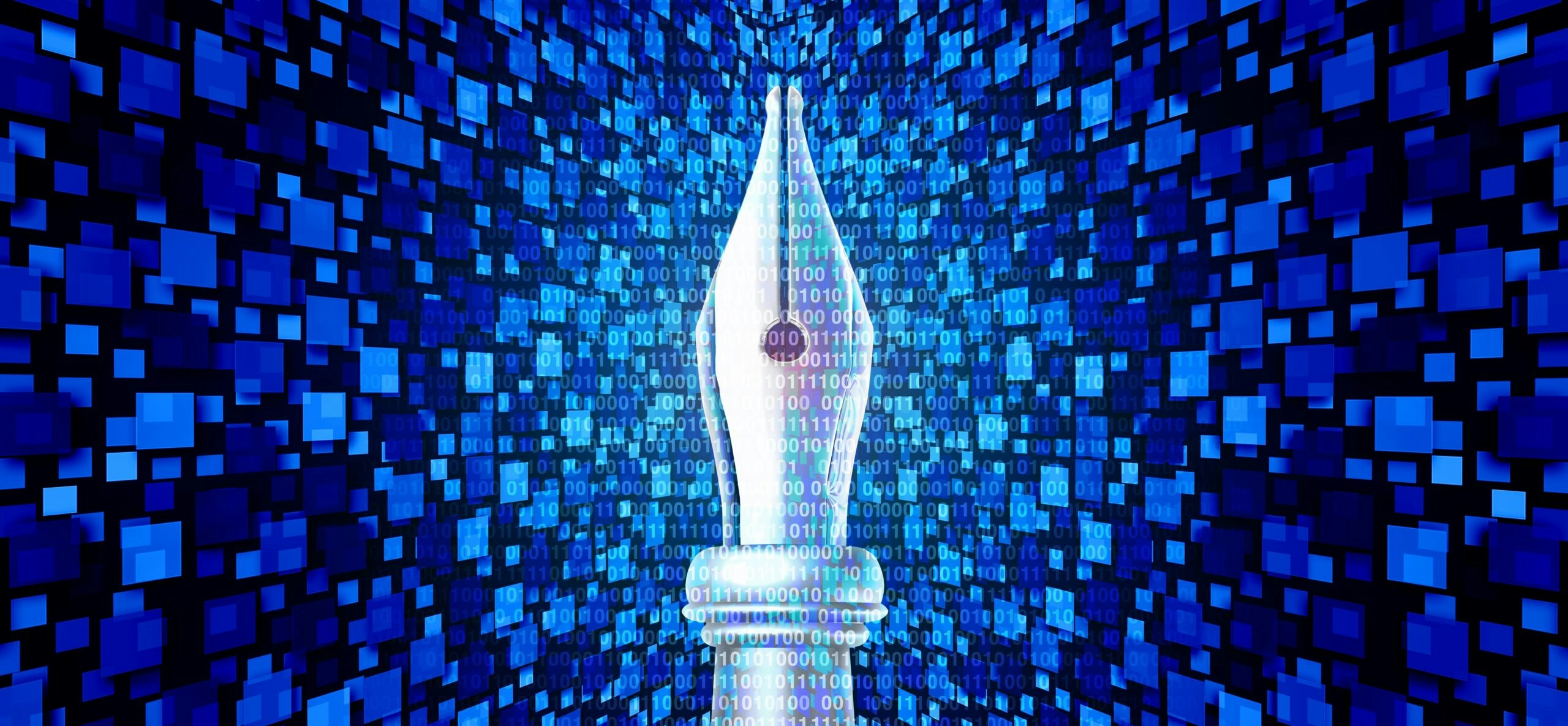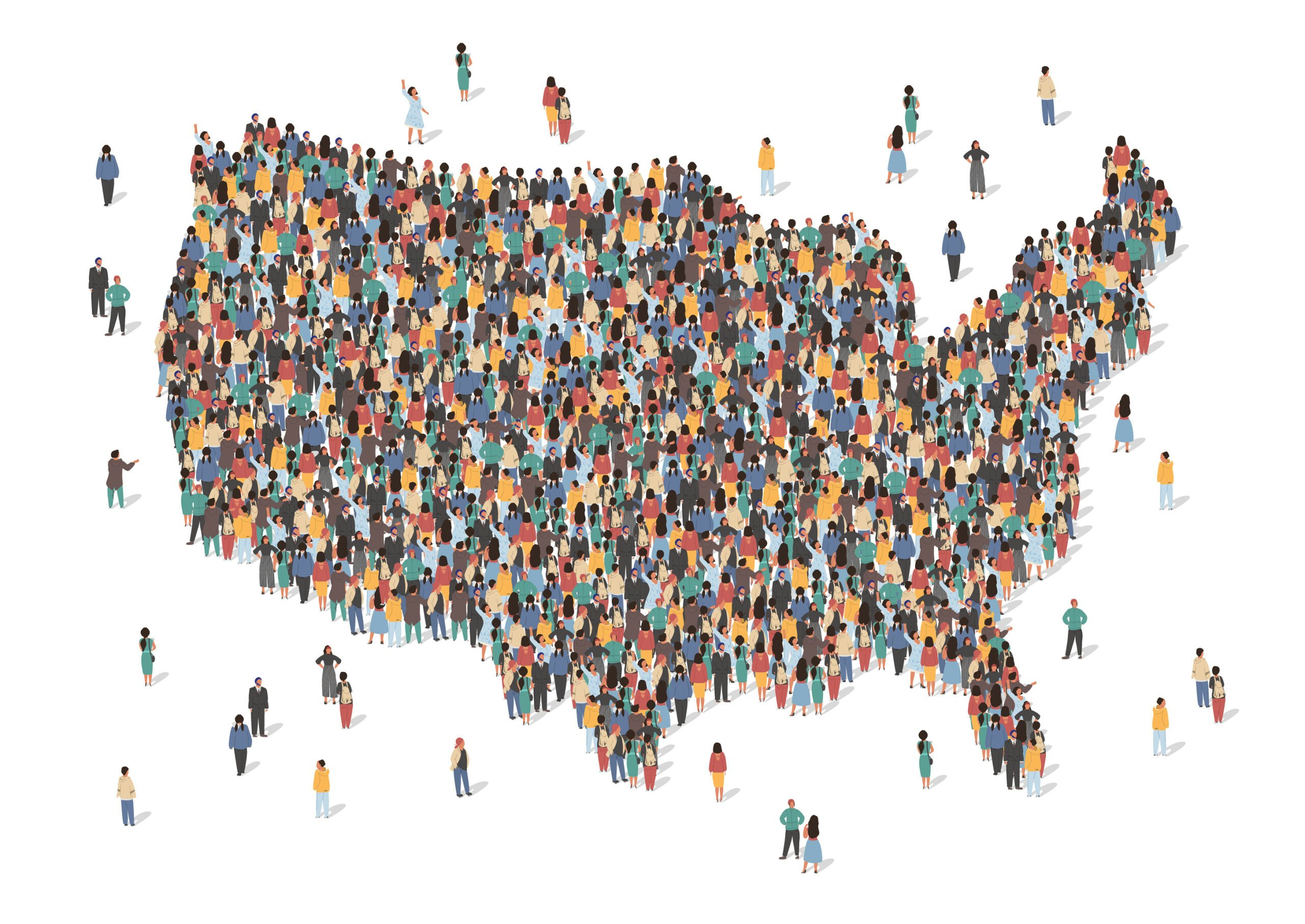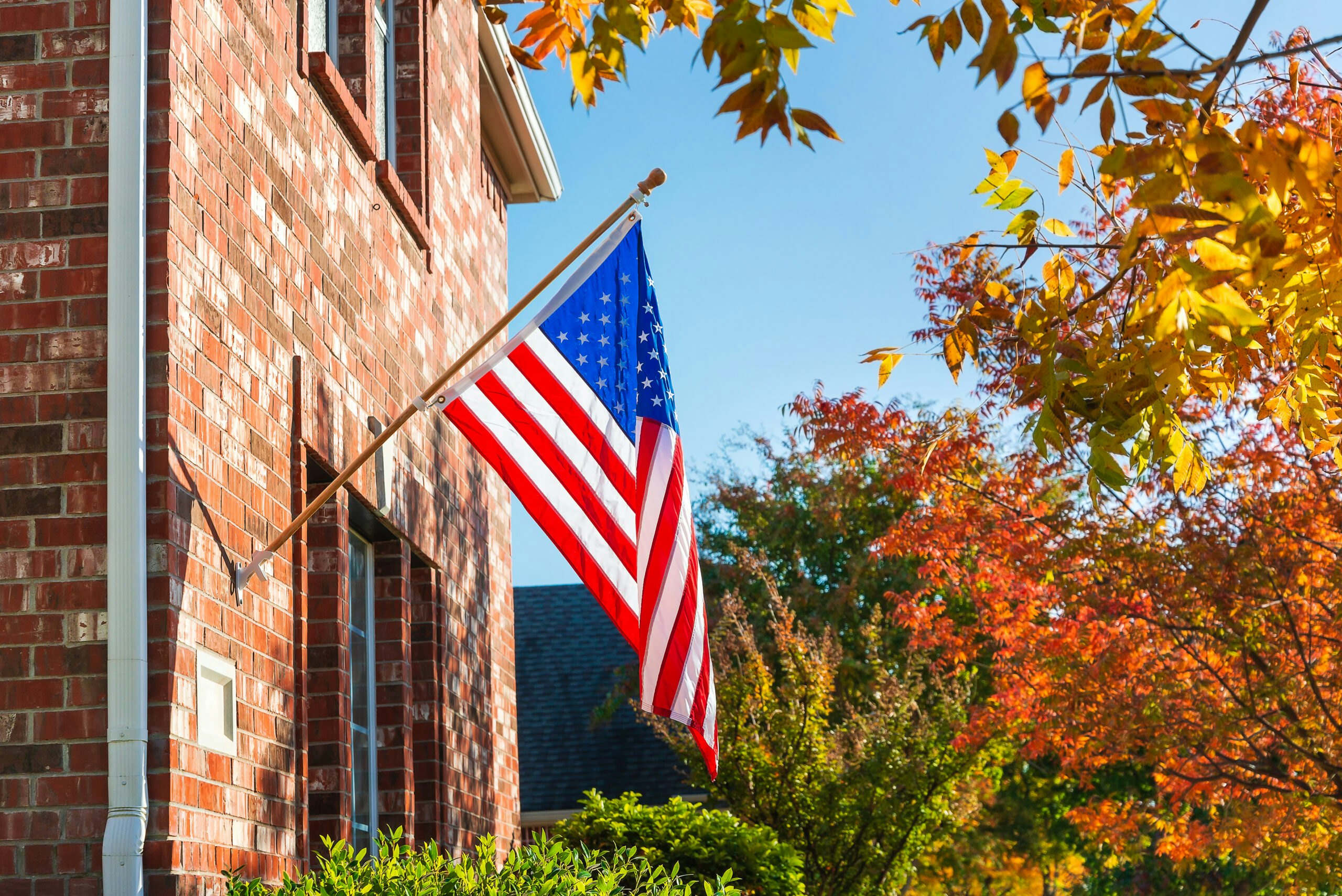"The lesson of this museum is that all Americans share a past — and a future. By staying true to our principles, righting injustice, and encouraging the empowerment of all, we will be an even greater Nation for generations to come."
The National Mall, Washington, D.C., 11:10 A.M.
MRS. BUSH:
I’m thrilled to be here today, this is such a really terrific day. On December 16, 2003, President George W. Bush authorized the legislation for the establishment of a new Smithsonian Museum, the National Museum of African American History and Culture. (Applause.)
When I toured the museum with Dr. Lonnie Bunch last week, we reminisced about those beginning days of the museum. The legislation had been authorized; the site had been secured; Lonnie had been hired as the museum’s director. I’ll never forget Lonnie’s poignant words when we considered the historic and cultural significance of what was to become. Lonnie paused for dramatic effect – or so I thought – and then said, “What do we do now?!” (Laughter.)
Lonnie, look what you’ve done! (Applause.) You and your team have truly achieved a monumental achievement. Congratulations.
Our next speaker signed the legislation that assured the museum’s place on the National Mall, my husband, President George W. Bush. (Applause.)
PRESIDENT BUSH:
Thank you all. Thank you, darling. (Laughter.) Laura has been very much engaged in this museum for a long time. She sits on the board and we’re honored to be here. My first reaction is, I hope all our fellow citizens come look at this place. It is fabulous. (Applause.)
Mr. President and First Lady, Vice President, Chief Justice, David, the Board: Thank you very much.
I do want to give a shout out to Lonnie. It’s really important to understand this project would not and could not have happened without his drive, his energy, and his optimism. (Applause.)
As Laura mentioned, fifteen years ago, Members of Congress from both parties, including Congressman John Lewis and Sam Brownback, then-Senator from Kansas, informed me they were about to introduce legislation creating a new museum to share the stories and celebrate the achievements of African Americans. You know, it would be fair to say that the Congress and I didn’t always see eye to eye (laughter) – if you know what I mean, Mr. President (laughter) – but this was one issue where we strongly agreed. I was honored to sign the bill authorizing the construction of this national treasure. And I am pleased it now stands where it has always belonged: on the National Mall. (Applause.)
This museum is an important addition to our country for many reasons. Here are three. First, it shows our commitment to truth. A great Nation does not hide its history; it faces its flaws and corrects them. (Applause.) This museum tells the truth: that a country founded on the promise of liberty held millions in chains…that the price of our Union was America’s original sin. From the beginning, some spoke the truth – John Adams called slavery “an evil of colossal magnitude.” Their voices were not heeded, and often not heard, but they were always known to a Power greater than any on Earth, one who loves His children and meant them to be free.
Second, this museum shows America’s capacity to change. For centuries, slavery and segregation seemed permanent parts of our national life. But not to Nat Turner, or Frederick Douglass, Harriet Tubman, Rosa Parks, or Martin Luther King, Jr. (Applause). All answered cruelty with courage and hope. In a society governed by the people, no wrong lasts forever. After struggle and sacrifice, the American people — acting through the most democratic of means — amended the Constitution that originally treated slaves as three-fifths of a person to guarantee equal protection of the laws. After decades of struggle, Civil Rights and Voting Rights Acts were finally enacted. Even today, the journey toward justice is still not complete, but this museum will inspire us to go farther and get there faster.
And finally, the museum showcases the talent of some of our finest Americans. The galleries celebrate not only African-American equality, but African-American greatness. (Applause.) I can’t help but note that a huge influence in my teenage years is honored here, the great Chuck Barry. (Laughter.) Or my baseball idol growing up in far West Texas, the great Willie Mays.
And of course, something I never really mastered – the ability to give a good speech – but Thurgood Marshall sure could.
As some of you may know I’m a fledging painter, a struggling artist. (Laughter.) I have a new appreciation for the artists whose brilliant works are displayed here: people like Robert Duncanson, Henry Ossawa Tanner, and Charles Henry Alston. Our country is better and more vibrant because of their contributions and the contributions of millions of African Americans. No telling of American history is neither complete nor accurate without acknowledging them.
The lesson of this museum is that all Americans share a past — and a future. By staying true to our principles, righting injustice, and encouraging the empowerment of all, we will be an even greater Nation for generations to come. I congratulate all those who played a role in creating this wonderful museum. May God bless us all.
END
11:17 A.M.




























